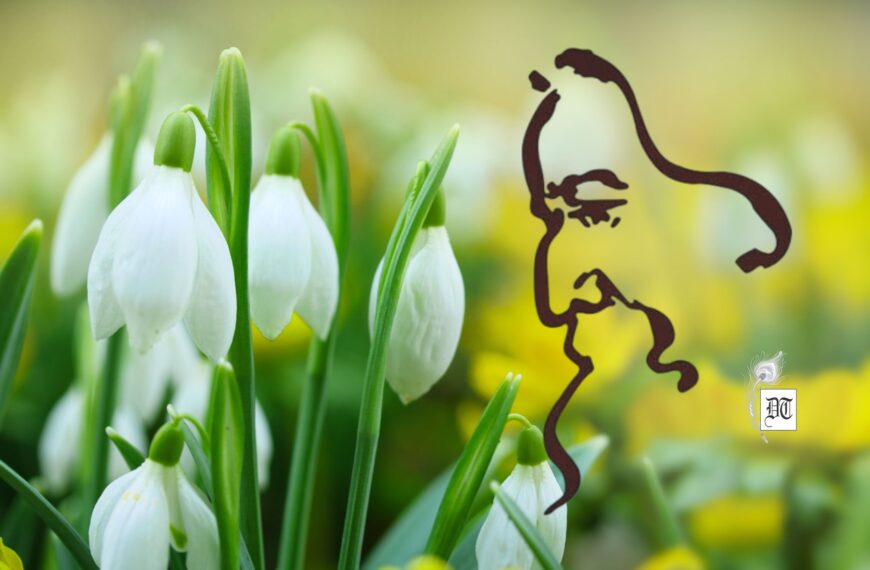The Durga Puja celebrations in Bengal were definitely very memorable as a perceptible aura of vivacity and verve presided over the holy and divine solemnity. Ladies dressed in their traditional attire of exquisite sarees with vermillion in their hair partings and a huge red dot, the bindi, on their intellectual foreheads made them look like goddesses to my wide eyed gaze. The Gorkha troops mainly hail from Nepal. They have an age old traditional custom of animal sacrifice. Rango (male Buffaloes) and Khasi (goats) during the festival of Dusserha.
Lily walks down the memory lane to bring alive the festivity, in the Durga Puja special feature, exclusively in Different Truths.
During my life as an army officer’s wife I have travelled widely all over India and participated in numerous different cultural and religious ceremonies and festivities. The Durga Puja celebrations in Bengal were definitely very memorable as a perceptible aura of vivacity and verve presided over the holy and divine solemnity of the proceedings. Ladies dressed in their traditional attire of exquisite sarees with vermillion in their hair partings and a huge red dot, the bindi, on their intellectual foreheads made them look like goddesses to my wide eyed gaze.
The chirpiness seemed to overshadow the religiosity. It’s the time of much hugging and meeting with family and friends. The use of red colour is predominant and sensational. There is passion lurking in the divinity. Each pandal, a marquee or enclosure where the brilliantly adorned statue of the goddess is kept on a high place for the worshippers to pay obeisance to, is the hub of much joy and bonhomie. Cultural activities take place near the goddess. Dance, drama and singing rule the roost. It’s more of s cultural extravaganza. The whole state seems to be on a roll! Clothes and jewels glisten and glitter and many a tender romance blossoms here.
I remember being deeply moved by the sounds of the drum beating near the statue of Ma Durga. It’s like a call for the devout along with being a devotional gesture of prayer. A puja that never leaves my mind is that of the Gorkha regiment, which was posted in our neighbourhood during one of our tenures. The Gorkha troops mainly hail from Nepal. They have an age old traditional custom of animal sacrifice. Rango (male Buffaloes) and Khasi (goats) during the festival of Dussehra. It is one of the most sacred festival of Nepal. It was incorporated in the list of festivities celebrated by the British Gorkha regiments, which later mostly stayed with India after partition.
During the fifties all the Gorkha regiments followed this custom. Two sacrifices were offered those days, on Kalratri and on Mahabalidan. It was essential to use one swipe only to sever the head with the traditional khukuri. The man, who did the job, went through rigorous training so that it was correctly performed. Ritual prayers were offered to the goddess seeking her blessings so that it went off well. It is said that blood had to be smeared on the face of the person if it could not be done in one blow. The regiment feared ill luck if the sacrifice was not offered as it should. Meat on hoof was offered as prasad too.
I was a witness to one such Dussehra. The government has told regiments to do away with it. Traditions are deep rooted and close to hearts and superstitions are potent. I think I will just wear a pretty red bindi and pray for peace on earth, instead! Jai Ma Durga!
©Lily Swarn
Pix from Net.








 By
By
 By
By
 By
By
 By
By